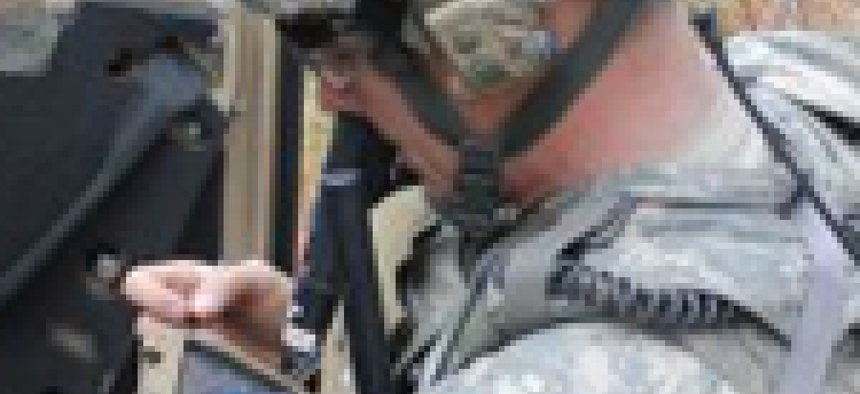Army expanding, streamlining tactical network
As communications reach further into the field, the complexity of the network grows. New NetOps tools help simplify operations.
The Army’s push to expand the reach of tactical network communications has made steady progress toward the goal of extending to soldiers in the field, but that expansion also has increased the complexity of the network. The answer? Increase capacity while simplifying the network.
The first increment of the Warfighter Information Network-Tactical provided voice, data and video communications to the battalion level. WIN-T, Increment 2, deployed in late 2012, took on–the-move communications to the company level, but also increased the number of nodes on the network fourfold.
Increment 3 is being developed and tested, and although one aspect of Increment 3 will be architecture changes that boost network capacity, the complexity of the network also will increase.
So while capacity may grow, the Army also is moving to streamline the network, reducing the number of network management tools used to handle the network and transitioning from stove-pipes to an integrated system, according to a report from the Army. For example, at the first Army's Network Integration Evaluation (NIE) for WIN-T in 2011, more than 70 separate systems were used to operate the network. That number is now about 20, the Army said.
Communications officers, known as S6s, have to deal with a wide range of devices and applications, along with Network Operations (NetOps) tools from various program offices, Lt. Col. Ward Roberts, product manager for WIN-T Increment 3, said in the Army report. Those tools don’t always work together, but "the goal of NetOps convergence is to provide one tool, or an easy-to-use integration of tools, into one seamless delivery so that the S6 has one tool set to manage his whole network," said Roberts, who leads the Integrated Tactical NetOps team.
WIN-T Increment 2 already provides a NetOps toolkit that makes it easier to manage the network’s complexity, and a suite of tools being developed under Increment 3 is expected to serve as the baseline for tactical NetOps, the Army said.
In addition to providing the next generation of NetOps tools, Increment 3, being developed under a $475 million contract awarded last November to General Dynamics C4 Systems, will add an air tier to the WIN-T architecture to improve the system’s line-of-sight capability, according to the Army’s WIN-T Web page.
That will create a three-tiered network — terrestrial, aerial and celestial (satellites) — that will boost the network’s capacity by sharing the load. The air tier, for example, will take on traffic now handled by overburdened satellites, the Army said. The Joint Command, Control, Communications, Computers, Intelligence, Surveillance and Reconnaissance (JC4ISR) radio, combined with the Highband Networking Waveform (HNW), will extend the range and throughput capacity.
The new set of NetOps tools is scheduled to be tested this spring at NIE 14.2, during which the NetOps team will evaluate the tools with feedback from soldiers, the network community and industry partners, in order to look for ways to make incremental improvements. "We are using the NIEs to validate our steps along the way and not waiting until we have an end product that we want to ship out," Roberts said.
Streamlining network operation will make the job easier for S6s and other soldiers, while also saving money by requiring fewer tools, the Army said.





